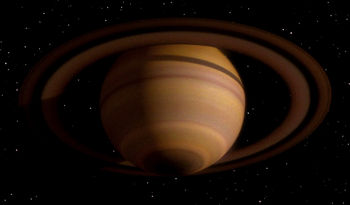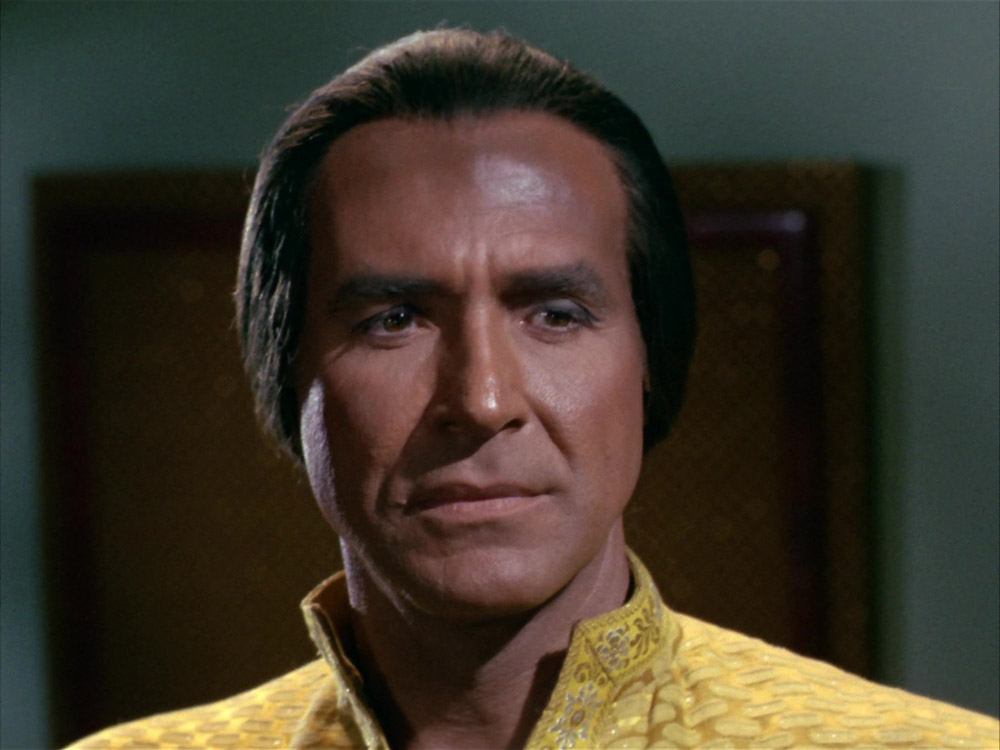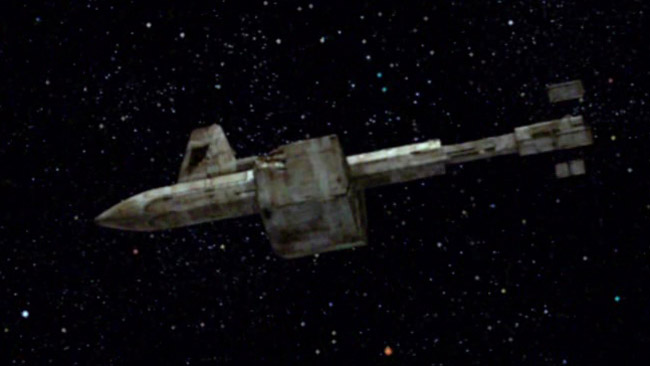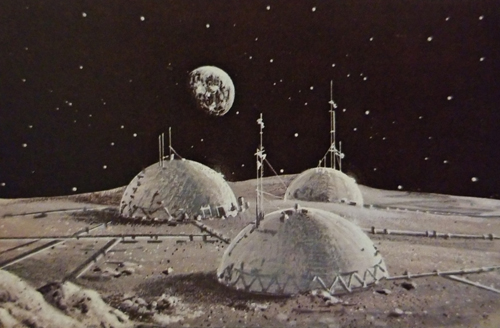1990s (FASA)
From Trekipedia
Revision as of 04:20, 9 March 2021 by Admin (talk | contribs) (Admin moved page FASA Chronology: 1990s to 1990s (FASA))
Reference Stardates -1/9001 through -1/9912
1990
- RSD -1/90: An asteroid probe is launched, which will remain in service until 1993.[1]
- c.RSD -1/90: Kahless epetai-Riskadh becomes the first sole Emperor of the Klingon Empire, and he spearheads Klingon expansion efforts via warp drive.[2]
1991
- RSD -1/90: The Saturn Dual Probe arrives at the planet, with the satellite going into orbit as the descent stage relays information as it enters the planet's atmosphere.[1]
1992
- RSD -1/92: The Space Shuttle completes its twelve-year series so successfully, humanity will forever be in space.[1]
June
- RSD -1/9206 through -1/9609 (June 1992 through September 1996): The outbreak of the Eugenics Wars limits manned space efforts for a time, as resources are turned to global war.[3] During the Eugenics Wars, Earth's various national intelligence agencies fail to cooperate or exchange information. These blunders lead to several military defeats that lengthen the war, and also allow Khan Noonian Singh, the greatest dictator of the war, to escape.[4][5]
1994
- RSD -1/94: Manned missions to the moon begin again, with several nations taking part. Cooperating as never before, they have a goal of building a permanent moon base by the turn of the century.[1]
March
- RSD -1/9403 (March): The first reliable records of Klingon enslavement of other races show the natives of the planet Delta Kinah II believed that the Romulan Star Empire once held (or at least explored) this planet. Delta Khinah II may have been the site of the first Romulan/Klingon conflict.[2]
1995
- RSD -1/95: The DY-100 is the first mass-produced spacecraft capable of short interplanetary travel (Earth-moon). In an uprated mode, it will be able to take humans to Mars. The class will remain in service until 2020.[1]
- RSD -1/9500: The DY-100 class S.S. Copernicus is launched, with a complement of 22 people.[1]
1996
September
- RSD -1/9609: The Andorian Empire is formed with the first colonization of another world by Andorian explorers.[6]
- RSD -1/9609.22 (22 September): The Eugenics Wars end with the defeat of the "supermen." Khan Noonian Singh and 96 of his followers manage to steal a DY-100 class vessel, which they name the S.S. Botany Bay, and escape in cryogenic freeze in hopes of colonizing another world; this fact is concealed from the general public.[4][1][3]
1997
April
- RSD -1/9704.18 (18 April): The first permanent base on the moon is established, jointly funded by the United States of America and Japan. This marks the rededication of humanity to space exploration as part of the rebuilding following the Eugenics Wars.[3]
1998
- RSD -1/98: Goddard Moonbase, the first large-scale international space project, will provide accommodations for 70 in the fields of space research and industry.[1]
1999
- RSD -1/99: The Asteroid Belt Lander reveals the asteroid belt to be rich in important raw materials for further space industrialization.[1] Large-scale asteroid opens up Sol's asteroid belt to colonization. Several more lunar stations are opened this year by various nations and several private corporations. Armstrong Center, remaining the largest, has become a small city of scientists, technicians, and support personnel, and already is beginning to cater to a growing tourist trade.[3]
Notes and References
- ↑ 1.0 1.1 1.2 1.3 1.4 1.5 1.6 1.7 1.8 Goldstein, Stan et al (Authors). Spaceflight Chronology. Star Trek. Book. Wallaby Books. 1980.
- ↑ 2.0 2.1 McLimore, Guy W. Jr. et al (Authors). The Klingons: Star Fleet Intelligence Manual. Star Trek: The Role Playing Game. Book 2002, Second Edition. Based on original material by John M. Ford. Illustrations by Todd F. Marsh, Dana Knutson, Jeff Laubenstein, and Mitch O'Connell. FASA Corporation. 1987.
- ↑ 3.0 3.1 3.2 3.3 Wheeler, Wm. John et al (Authors). Cadet's Orientation Sourcebook. Star Trek: The Role Playing Game. Book 2004A, Second Edition. Cover art by Rowena. Graphics and layout by Dana Knutson and Jordan Weisman. FASA Corporation. 1983.
- ↑ 4.0 4.1 Roddenberry, Gene (Executive Producer). "Space Seed." Star Trek, Season 1, Episode 22 (Production 24). Directed by Marc Daniels. Written by Carey Wilber (Story and Teleplay) and Gene L. Coon (Teleplay). Desilu Productions, 16 February 1967.
- ↑ Theisen, John A. (Author). Star Fleet Intelligence Manual: Agent's Orientation Sourcebook. Star Trek: The Role Playing Game. Book 2014B . Cover art by David R. Deitrick. Illustrations by Dana Knutson, Todd F. Marsh, and Jeff Laubenstein. FASA Corporation. 1987.
- ↑ Menke, Bernard Edward and Rick David Stuart (Authors). The Federation. Star Trek: The Role Playing Game. Book 2011. Cover art by David R. Deitrick. Illustrations by Todd F. Marsh, John C. Tylk, Bob Eggleton, Daniel E. Carroll, and Jay Harris. FASA Corporation. 1986.



